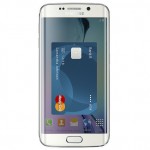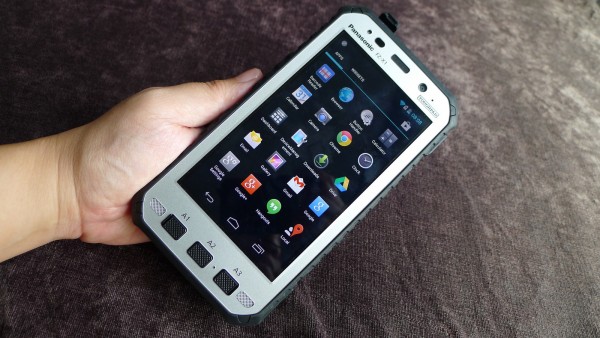
As its name implies, this is one industrial strength tablet meant for the harshest of environments, from a warehouse to a war zone, or perhaps even a trip to the Arctic.
The Panasonic Toughpad FZ-X1, which we tested out briefly in June, is certainly one tough cookie but it also comes with a number of handy features made for a wide range of industrial uses.
Hold it in your hands the first time, you instantly know this is no ordinary Android tablet.
Though it runs a rather plain Android 4.2.2 out of the box, it is a protected by a thick rubber frame as well as a number of rubber stoppers to prevent moisture and dust from entering.
Some important ports, such as the USB and power charging ports, are protected by a rubber stopper that can be secured via a slide-on switch. So it will not accidentally come off and expose the electronics to damage.
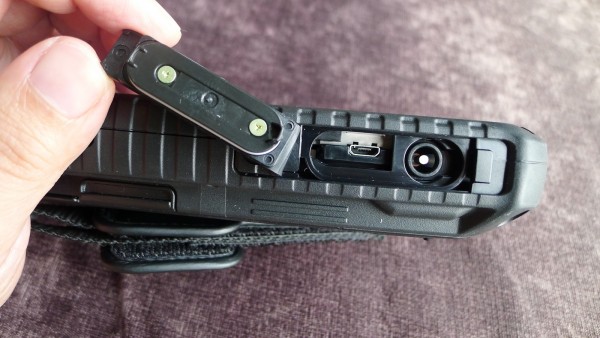
Weighing 430 grams, the Toughpad is certainly not your average 7-inch screen for games to kill boredom. It is thick and ugly, but feels assured in your hands, especially if you bring it to a tough place.
Yes, you can run regular Android apps, but it is expected to be in use with more specialised apps, even those used in the military. It is also expected to work even if you wear heavy gloves.
It helps too to have large rubberised buttons that you can easily program with an included app. This way, you don’t have to fiddle with a small icon on screen for regularly used functions.
As you’d expect, the Toughpad is also touted as a tablet resistant to the elements. Panasonic claims it can still work after being submerged up to 30 minutes in water that is 1.5 metres deep.
I didn’t put that to the test but I did test out the tablet’s durability when it comes to drops, a more common occurrence.
Dropping the Toughpad from waist height a few times, I found no visible damage to the device. Nor was there any issue with the performance. Yes, I even dropped the screen face down.
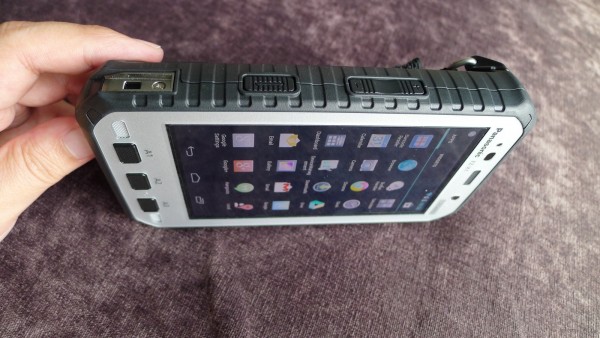
Much of the effort, as you’d imagine, has been placed on toughening things up. Being practical is the name of the game. The 1,280 x 720 screen is nothing to write home about, though it does its job when under direct sunlight.
The Toughpad’s Qualcomm APQ8064T chip, essentially a Snapdragon 600 processor, is in the mid-end of mobile chips and moves things along smoothly enough with the 2GB of RAM onboard.
Perhaps what’s more impressive is the Toughpad’s integrated barcode reader. This does not rely on a built in camera, like with regular tablets, but is itself a dedicated device.
It is extremely fast and takes little time zapping both regular barcodes as well as QR codes.
When I tried it out, I felt that it was even faster than many supermarket scanners. This tool is invaluable for folks who might use the tablet for inventory control.
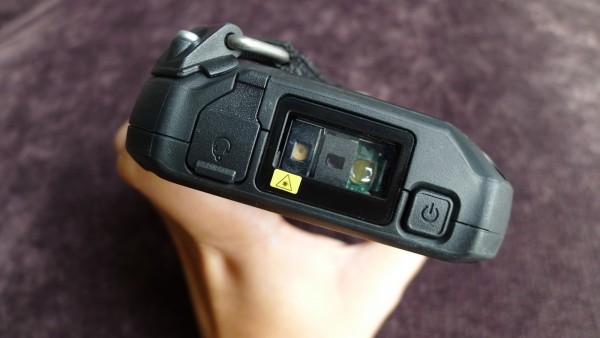
One thing I’d like improved is the camera. Okay, I’m not expecting top-end performance for selfies here, but the 8-megapixel camera on the Toughpad should focus and fire faster. Plus, it should have improved software for exposure and white balance.
Why do these things matter? Because if you are taking photos for evidence or for other record purposes, they should be clear. It helps a lot too if the device can focus fast enough.
At S$1,499 for the basic Wi-Fi version or S$1,699 for the 4G option, the Toughpad is no cheap gadget. It does work as advertised, however, and is nothing short of a tank when it comes to its look and feel.
This will interest users who want to deploy Android apps in outdoor or industrial environments quickly and have a mobile device to access those apps.
